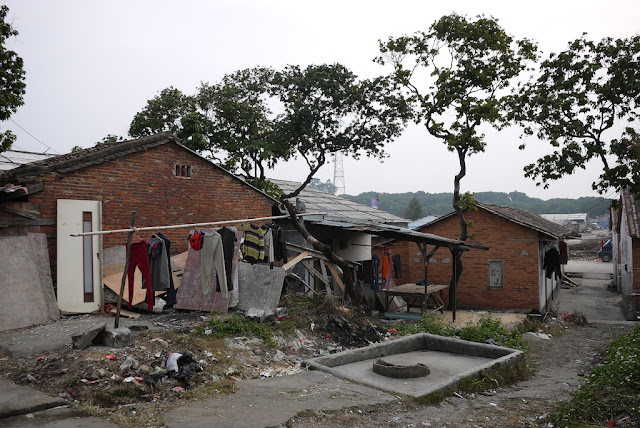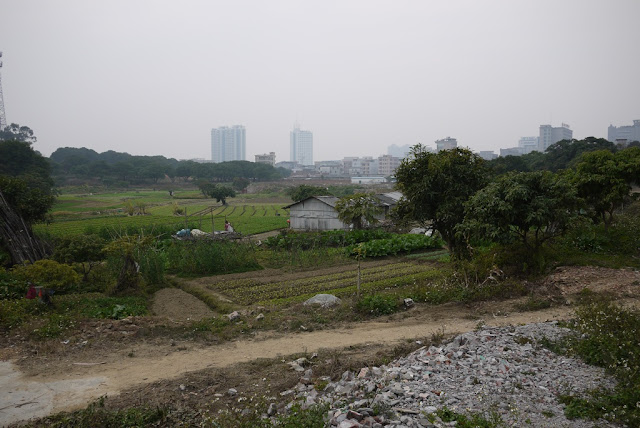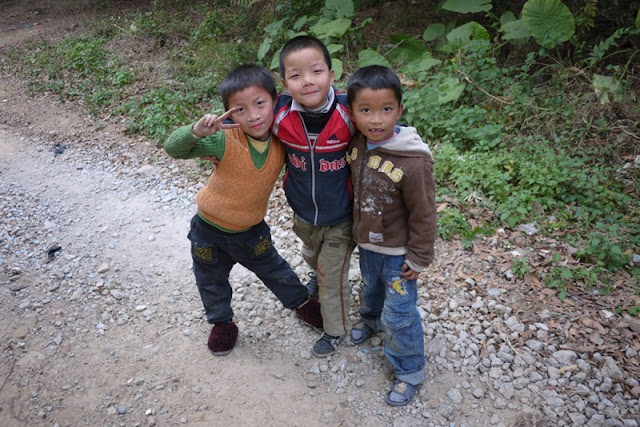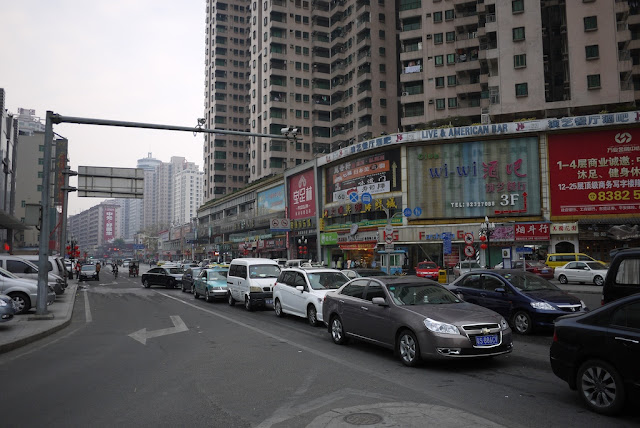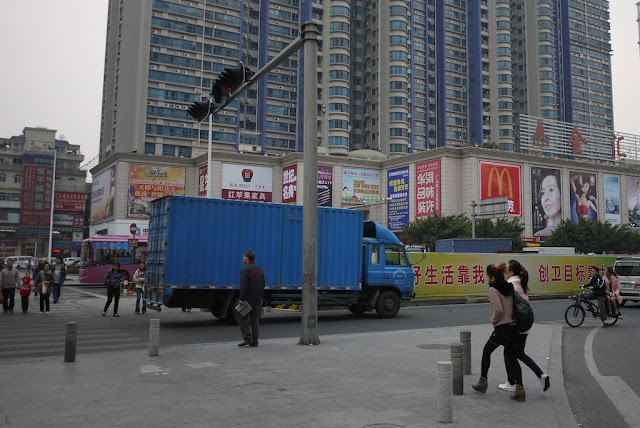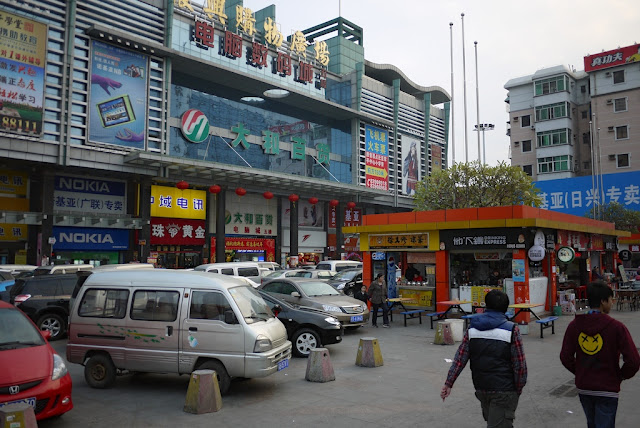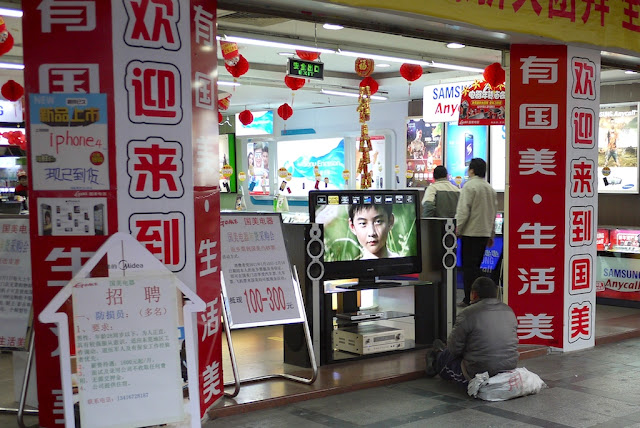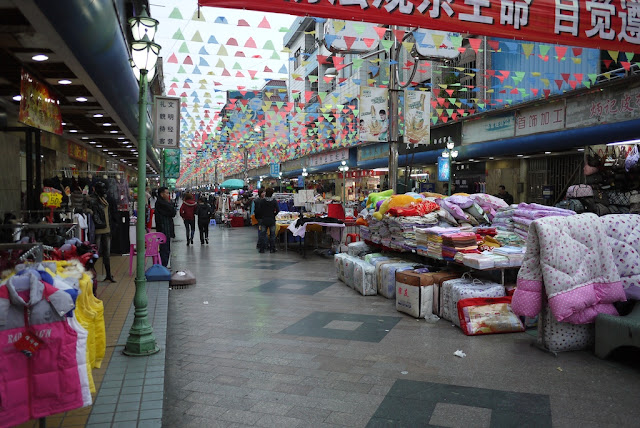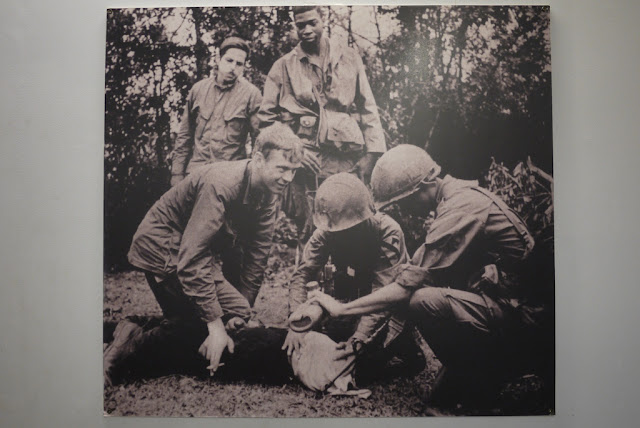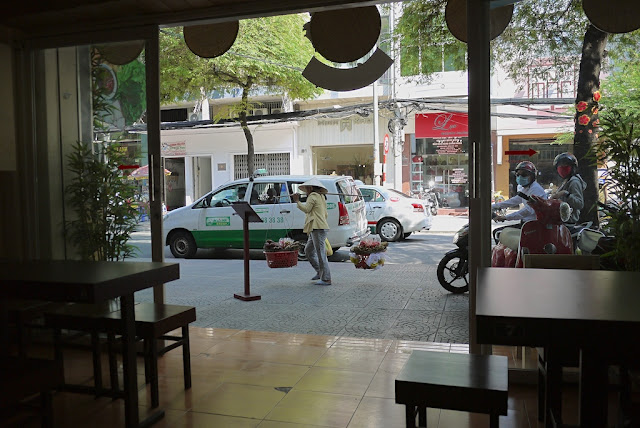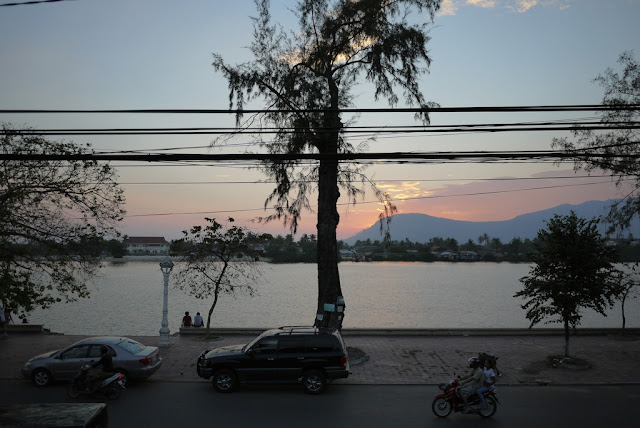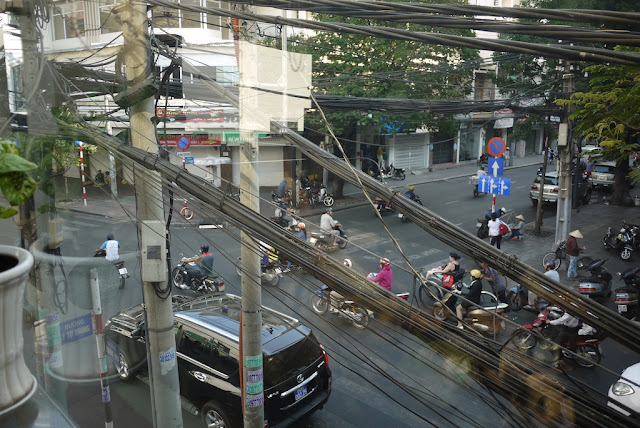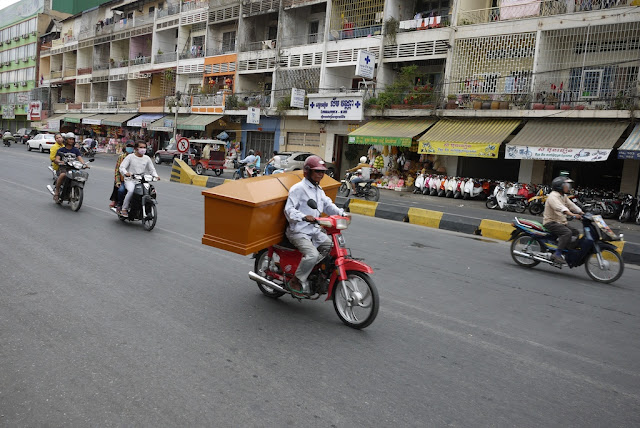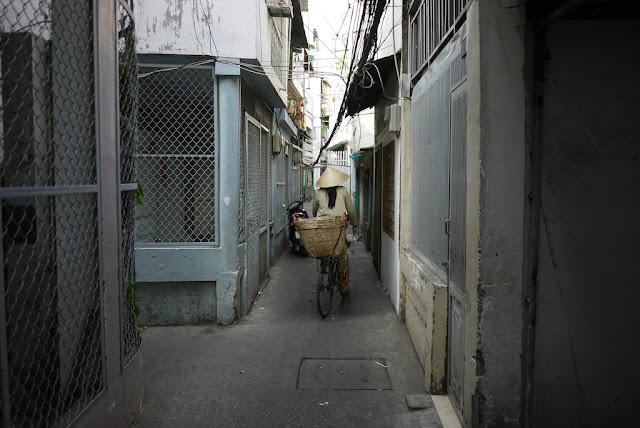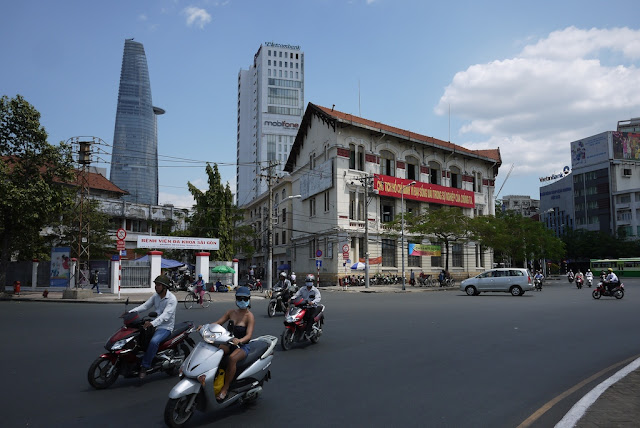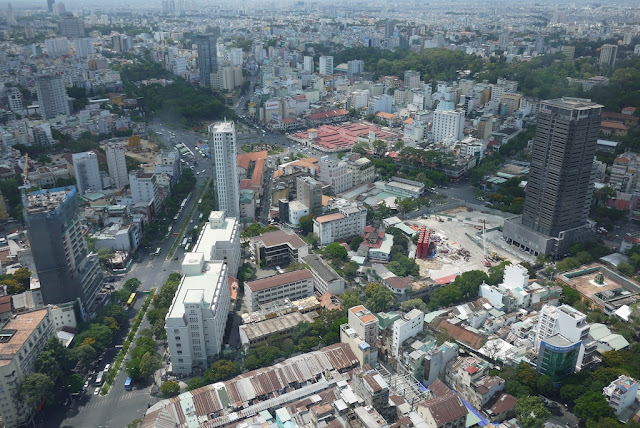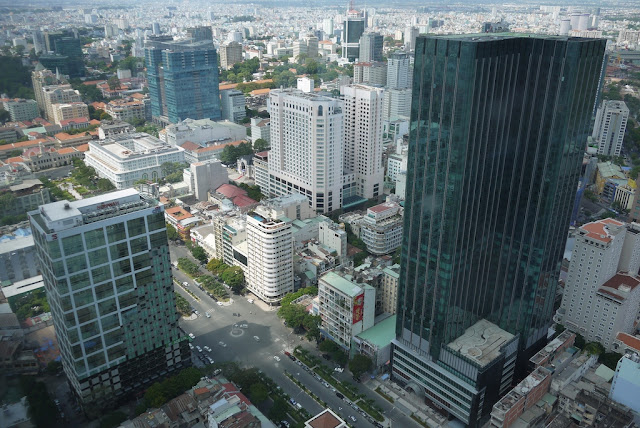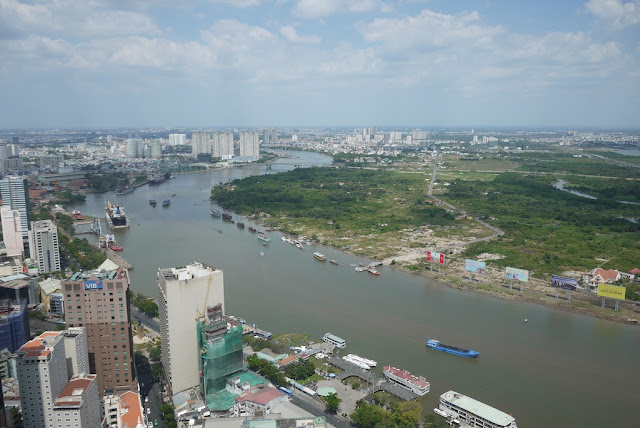Two days ago, March 16, was the 45th anniversary of the My Lai Massacre in Vietnam. In commentary about the republishing of an important story in
LIFE magazine,
Ben Cosgrove revisited the horrific tragedy:
Two simple syllables, My Lai (pronounced “me lie”), are today a reminder of what America lost in the jungles of Vietnam: namely, any claim to moral high ground in a war often defined by those back home as a battle between right and wrong. For the Vietnamese, meanwhile, the March 1968 massacre in the tiny village of My Lai is just one among numerous instances of rape, torture and murder committed by troops — Americans, South Vietnamese, Viet Cong and others — in the course of that long, divisive war...
On March 16, 1968, hundreds (various estimates range between 347 and 504) of elderly people, women, children and infants were murdered by more than 20 members of “Charlie” Company, United States’ 1st Battalion 20th Infantry Regiment. Some of the women were raped before being killed. After this mass slaughter, only one man, Second Lt. William Calley, was convicted of any crime. (He was found guilty in March 1971 of the premeditated murder of 22 Vietnamese civilians, but served just three-and-a-half years under house arrest at Fort Benning, Georgia.)
In another recent article deserving attention,
David Taylor for BBC News reported on tapes revealing important context for some of the decisions made in the U.S. during the Vietnam War:
Declassified tapes of President Lyndon Johnson's telephone calls provide a fresh insight into his world. Among the revelations - he planned a dramatic entry into the 1968 Democratic Convention to re-join the presidential race. And he caught Richard Nixon sabotaging the Vietnam peace talks... but said nothing.
Both of the articles were especially poignant for me not just because I'm in Vietnam at the moment, but also because they reminded me of a visit earlier this month to the
War Remnants Museum in Ho Chi Minh City. The museum is undoubtedly a one-sided portrayal of the brutalities committed during the Vietnam War -- something reflected in the name of the museum's earliest incarnation, Exhibition House for U.S. and Puppet Crimes. I am not going to wade into debates about whether all of the claims made there are accurate, whether certain displays are better described as history or propaganda, and whether some photos are unfairly not representative. Regardless of these issues, the museum effectively communicates at least some of the inhumanity and hypocrisy which occurred during Vietnam War. I also found it notable that several displays highlighted the opposition to the war found even within the U.S., and most of the English text did not contain the same style and degree of rhetoric I have often seen at similar museums in China.
I will share some photos of what I saw there and also share some thoughts about one display which particularly caught my attention. Like the museum itself, the following will not necessarily be a fully representative overview.
 |
| First display in a room labeled "Aggression War Crimes" |
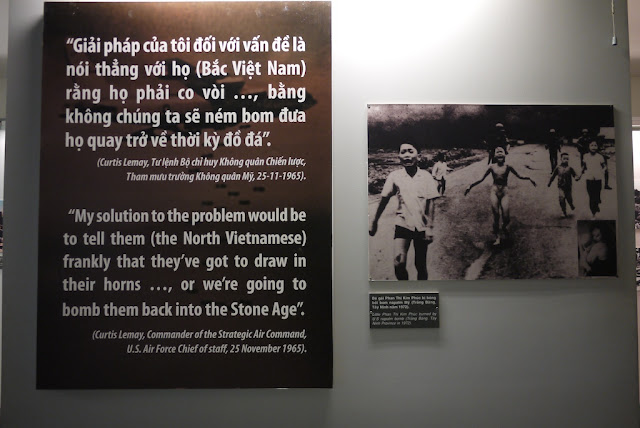 |
| English caption to the photograph: "Little Phan Thi Kim Phuc burned by U.S. napalm bomb (Trang Bang, Tay Ninh Province in 1972)." |
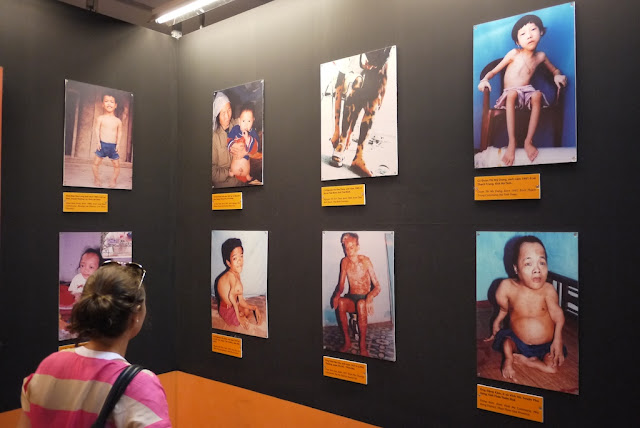 |
| In an exhibit about the effects of chemical weapons such as agent orange |
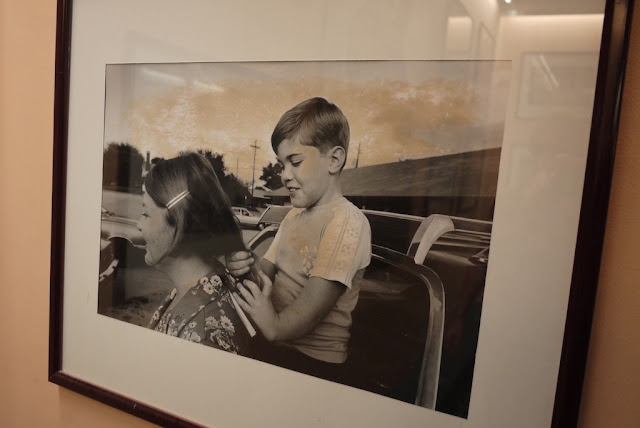 |
| English caption: "Dan Jordan's family: he was officially acknowledged as an agent orange victim. His son has congenital deformations on his hands. Jordan and other veterans took the lead in the class action against chemical companies that settled with $180 million in 1983." |
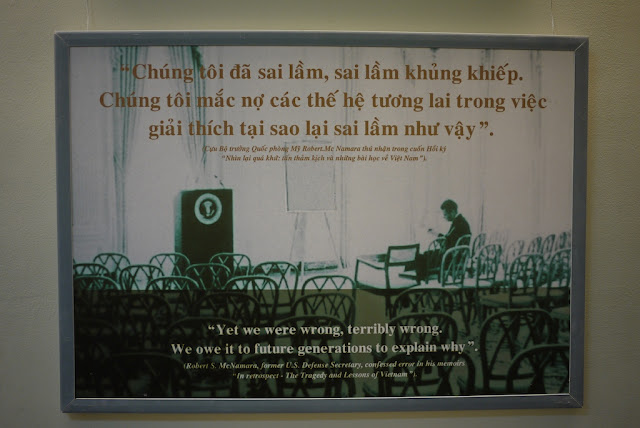 |
| Smaller English text: "Robert S. McNamara, former U.S. Defense Secretary, confessed error in his memoirs 'In Retrospect -- The Tragedy and Lessons of Vietnam'" |
 |
| English caption: "These are some rewards to a U.S. Veteran for his service in Vietnam. The medals were offered to the War Remnants Museum on June 1, 1990 as protest against the Vietnam War. From William Brown, Sgt. 173rd Airborne Brigade, 503rd Infantry. |
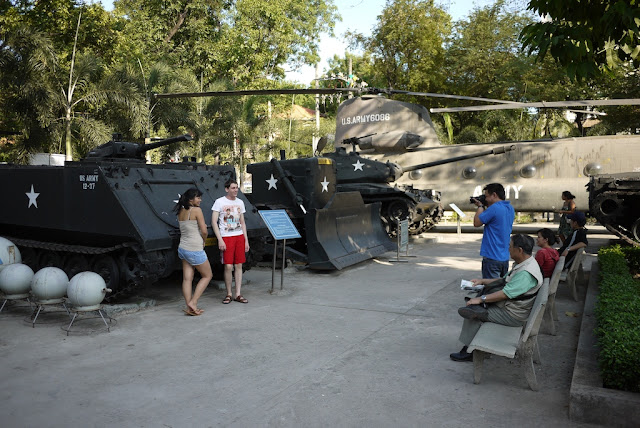 |
| An outdoors exhibit area |
At one moment during my visit to the museum I was reminded of a painting by Cambodian
Vann Nath which I saw several years ago at the
Tuol Sleng Genocide Museum in Phnom Penh, Cambodia:
Vann Nath was one of only seven prisoners who left the Khmer Rouge's S-21 "security prison" at Tuol Sleng alive. The above painting was amongst many others, all of which Van Nath drew to depict acts of torture committed at the prison. The act in the painting sure looked like water boarding -- a point not lost on a
reader of Andrew Sullivan's The Dish.
And here is the photo I saw in Vietnam that caused me to think about Nath's painting:
The English caption for the photo:
"They decide on a water torture. A rag is placed over the man's face and water is poured on it, making breathing impossible". Members of the 1st Air cavalry use water torture on a prisoner 1968.
It was another chilling reminder of a torture method recently used by the U.S.
I'm glad I visited the War Remnants Museum. So much in the museum deserves consideration for what it says about America's past actions or about Vietnam today. Although the museum suggested to me that Vietnam has yet to fully come to terms with its own past, as an American I was most focused on what it indicated about my own country. In a later post, based on my own experiences I will partially address a related question I have been asked, often indirectly, by Americans who have not been to Vietnam: What are Vietnamese attitudes towards Americans today?
Finally, as I wrote this post at a small cafe in Ho Chi Minh City, a friendly Vietnamese waitress with whom I have had several pleasant conversations peered over my shoulder and looked at the above photo. After a few moments of silence, with a sadness in her voice she slowly said, "My country."
I glanced back at the photo and replied, "Mine too."


